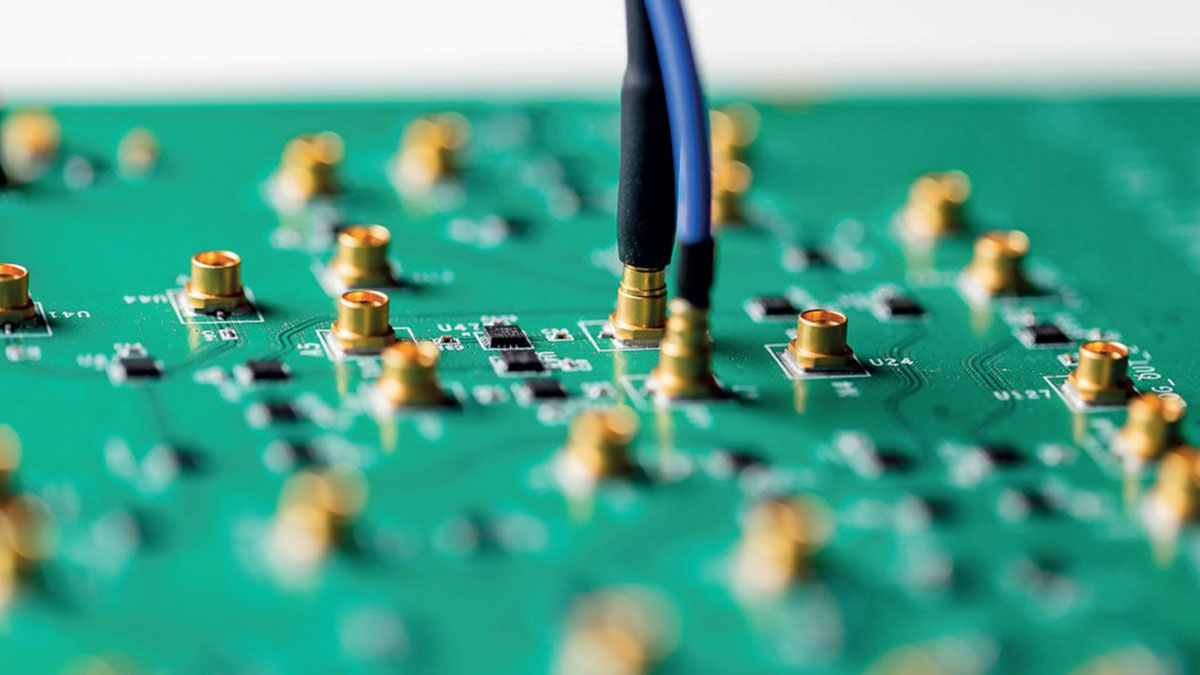
Minimal Attenuation in Coaxial Cables
Coaxial cables are widely used across many industries, from precision RF measurements to high-speed data transmission. In some cases, the key requirement is preserving the exact waveform of a signal. In others, the goal is minimizing attenuation across the transmission path. For optimal performance, the goal is always the lowest possible signal loss—especially at high frequencies.
To understand this, we must examine how cable structure and materials affect performance.

Key Takeaways:
- Attenuation arises from both resistive losses in the conductors and dielectric losses in the insulating material.
- Conductive losses decrease with larger cable diameter and more conductive materials—silver, for example, offers optimal performance.
- Dielectric losses are minimized by using materials with low permittivity and loss tangent—air is ideal, followed by expanded PTFE (ePTFE).
- Cut-off frequency must be carefully managed: larger diameters risk exciting higher propagation modes (TE11), compromising signal integrity.
- Surface roughness significantly affects losses at high frequencies—adding up to 25% or more to total attenuation.
“Every detail matters—from dielectric quality to plating roughness—when you’re chasing the lowest possible insertion loss.”
– Stefan Burger, RF Expert
Let’s compare two ideal cases. A coaxial cable using air as the dielectric and silver-plated conductors, precisely dimensioned for 50 Ω impedance and cut-off just above 18 GHz, achieves minimum attenuation of 0.318 dB/m.
Replace air with expanded PTFE, and attenuation rises slightly to 0.48 dB/m—still excellent, and far more practical in real-world applications.
However, when factoring in conductor surface roughness (0.4–1 µm), attenuation at 18 GHz increases by 7.8% to 26.6%, resulting in values between 0.52 and 0.61 dB/m—a significant change for precision systems.
Proper design, high-quality materials, and surface treatment are key to maintaining low loss across a wide frequency range.


